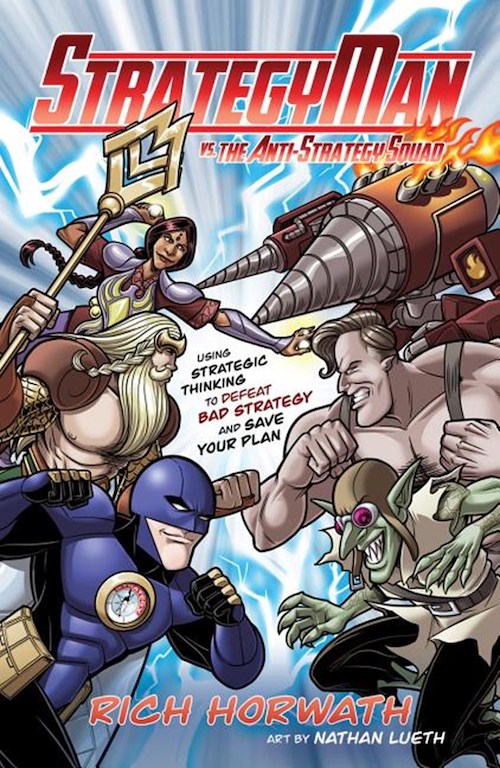GM’s Strategic Pivot
Last week, General Motors’ Chairman and CEO Mary Barra increased the company’s commitment to electric vehicles from $20 billion to $27 billion by 2025 and announced the company’s plan for an all-electric future. This week General Motors sent another significant signal of this pivot by withdrawing from the Trump administration-led litigation against California’s tough fuel economy and emissions regulations.
Startups often pivot multiple times before settling on a winning business model. What GM is doing is much trickier.
The auto industry has been a mature industry for quite some time. When industries approach the end of their life, smart companies try to “jump” to another S-curve still in the startup phase. That’s what GM (and every other automaker) is trying to do. Making that jump isn’t going to be easy. Big mature companies are complex. GM customers, employees, and dealers are all heavily invested in the company’s gas-powered legacy. The company’s business model and economic engine are fine tuned for the way GM has always operated.
While it might seem that logically GM has a strong starting point, the investment that the company needs to make to transition to electric vehicles may be greater than for a pure-play startup like Tesla. General Motors also has everything at stake. Their existing revenue streams and loyalties can easily be lost if the company stumbles in this transition.
Billy Durant successfully led his companies through the S-curve jump from horseless carriages to automobiles in creating GM. Can Mary Barra do the same as GM tries to jump from gas-powered to electric-powered vehicles? We will have to wait and see.
GM’s Strategic Pivot Read More »





